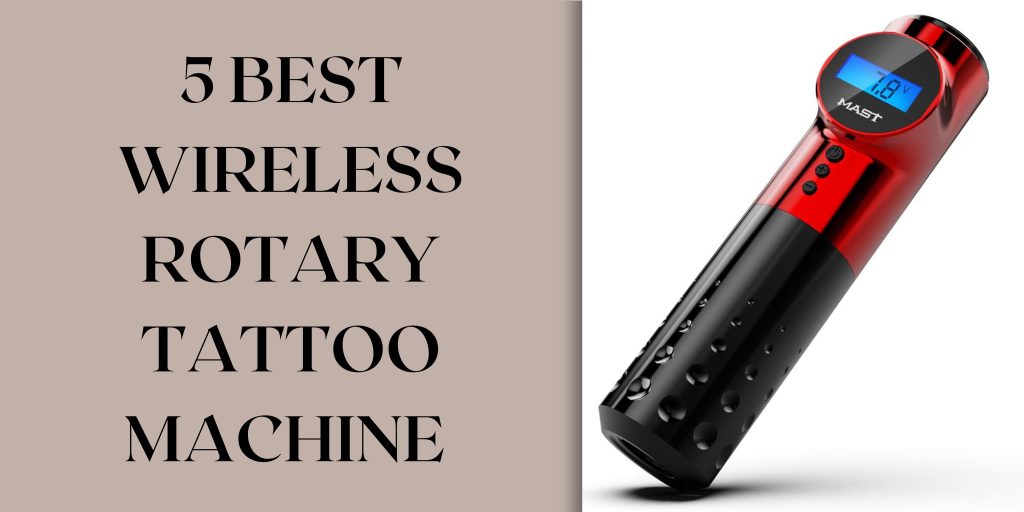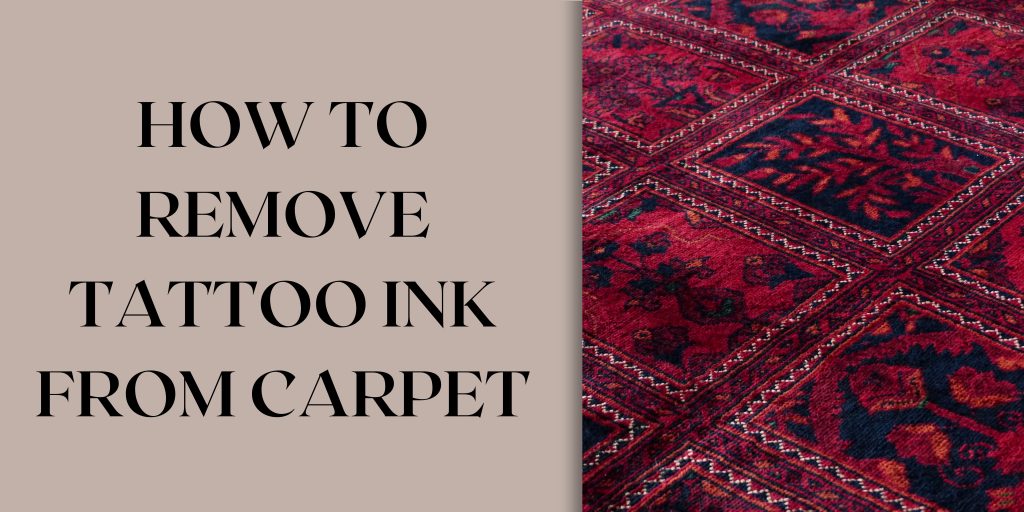Have you ever considered how to become a paramedical tattoo artist? This specialized field of tattooing involves creating tattoos to help people who have scars, burns, or other skin conditions improve their appearance and regain their confidence. Not only is it a rewarding career, but it also allows you to make a positive impact on people’s lives.
If you’re interested in becoming a paramedical tattoo artist, there are some requirements and steps you need to follow. Here’s a guide to help you get started:
Requirements to Become a Paramedical Tattoo

Education and Training:
You will need to obtain a high school diploma or GED certificate. Additionally, you will need to complete a formal education program in tattooing or an apprenticeship with a professional paramedical tattoo artist.
Certification and Licensing:
Most states require paramedical tattoo artists to be licensed, and some also require certification. It’s important to research the requirements in your state and ensure that you meet them before starting your career.
Skills and Qualities:
Paramedical tattoo artists need to have excellent artistic skills, attention to detail, and good communication skills. It’s also important to have compassion, patience, and empathy for your clients.
Read More: Choosing the Right Gloves for Tattooing
Steps to Becoming a Paramedical Tattoo Artist
Research and Choose a Specialization:
There are several specializations within paramedical tattooing, such as areola restoration, scar camouflage, vitiligo camouflage, burn scar camouflage, and cleft lip camouflage. It’s important to research each specialization and choose one that you’re interested in pursuing.
Attend a Tattoo School or Apprenticeship Program:
You can enrol in a formal tattoo school or seek out an apprenticeship with a professional paramedical tattoo artist. Both options will provide you with the training and hands-on experience you need to become a successful paramedical tattoo artist.
Gain Experience and Build a Portfolio:
Once you’ve completed your education or apprenticeship, it’s important to gain as much experience as possible. You can do this by working at a tattoo studio or setting up your practice. Building a portfolio of your work is also crucial for attracting new clients.
Obtain Certification and Licensing:
As mentioned earlier, most states require paramedical tattoo artists to be licensed and certified. You will need to research the requirements in your state and obtain the necessary certifications and licenses.
Network and Market Yourself:
As a paramedical tattoo artist, networking and marketing are essential for building your clientele. Attend conferences and events in the industry, connect with other professionals, and promote your services on social media and other platforms.
Read More: How Soon After Laparoscopic Surgery Can I Get a Tattoo?
Specializations in Paramedical Tattooing
| Specialization | Description |
|---|---|
| Areola Restoration | Tattooing of the areola to enhance the appearance of breasts |
| Scar Camouflage | Tattooing to blend scars with surrounding skin |
| Vitiligo Camouflage | Tattooing to cover white patches caused by vitiligo |
| Burn Scar Camouflage | Tattooing to improve the appearance of burn scars |
| Cleft Lip Camouflage | Tattooing to hide scarring from cleft lip surgery |
Conclusion
Becoming a paramedical tattoo artist requires education, training, certification, and licensing. It’s important to choose a specialization, gain experience, and build a portfolio to attract clients. Networking and marketing are also essential for building a successful career in this field. With dedication and hard work, you can make a positive impact on people’s lives







